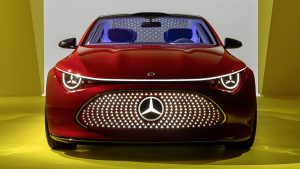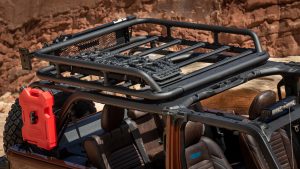Latest Commander and Grand Cherokee show that the Jeep brand is adapting to the market. It wants to remain one of the references among SUVs
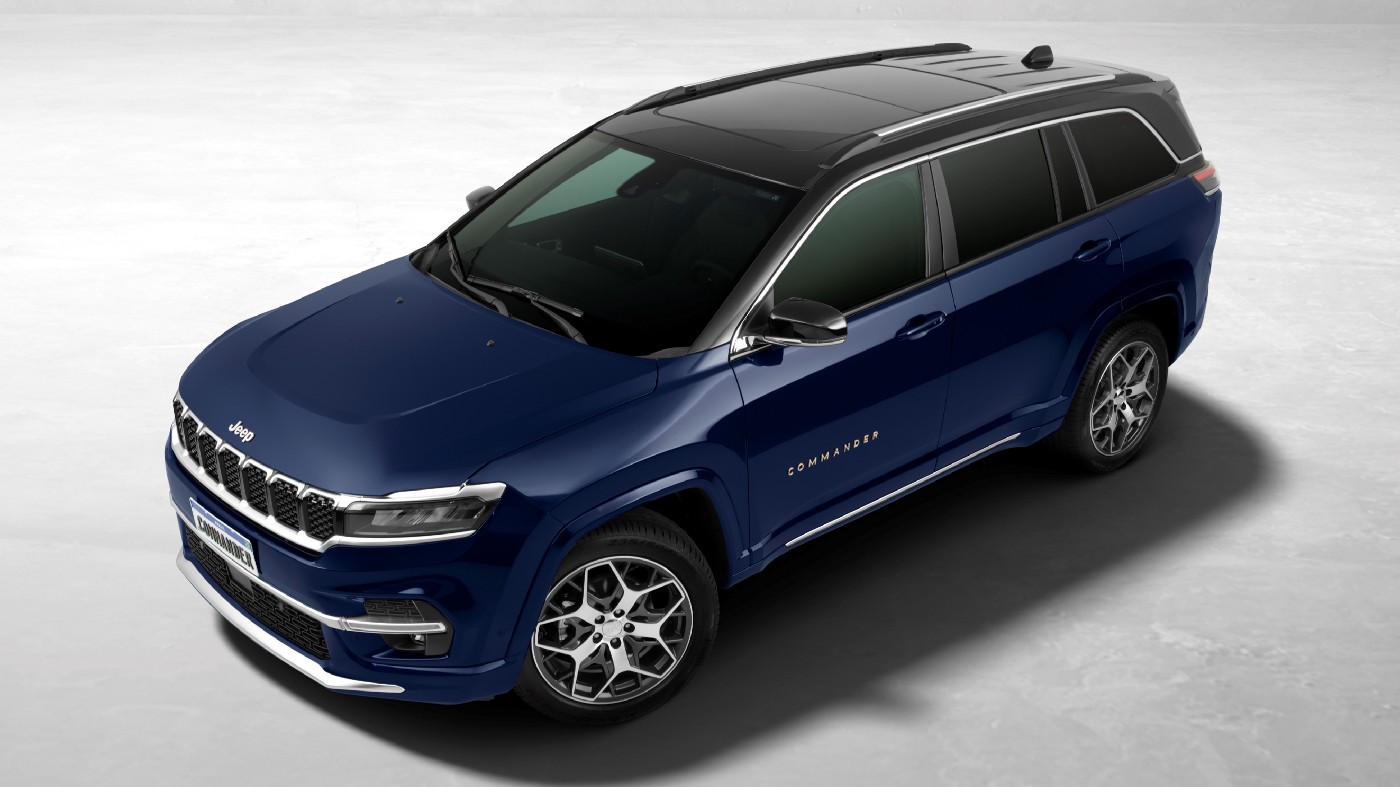
Decades ago, long before we began talking about globalization, carmakers used to specialize. Some only created luxury cars, others focused on off-road models, others tried their chances with sports cars… Over the years, that practice made some of them references at their field of expertise. That is the case of Land Rover, Ferrari, Mercedes-Benz, and so many others.
While such status earns them the admiration of all car fans, it also establishes a constraint to their market potential. After all, they are losing sales for having decided to ignore some customer groups. Nowadays, our societies connect in countless ways. The only way for a company to remain competitive is to open itself to new market segments.
The Jeep brand has become the latest case of that. First, it built its reputation with the CJ, a rugged, no-frills off-roader. Later, it ventured into a new market segment with the Grand Cherokee in 1993. As we know by now, it ended developing a whole new division which turned out to be a success. Lately, it seems that the current tendencies are going to cause changes on it yet again.
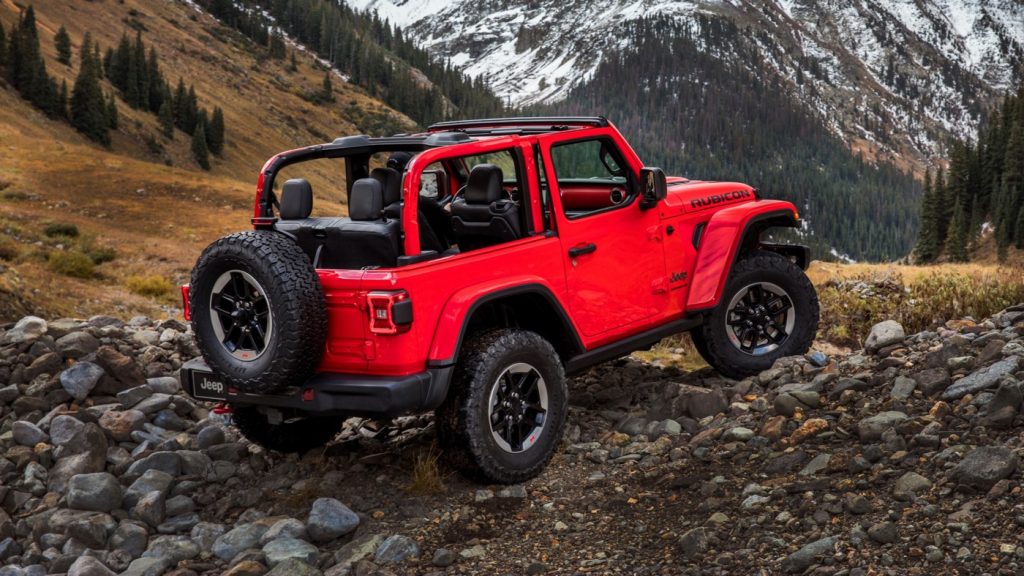
How has the Jeep brand built itself?
First of all, there is an interesting bit of history to mention. The original Willys-Overland merged to form Kaiser Jeep in 1955; AMC eventually absorbed Kaiser Jeep in 1970; AMC became a part of Chrysler in 1990; Fiat acquired the Chrysler group in 2014 to found FCA; finally, FCA grew into Stellantis in 2021. And all that happened mostly because of the Jeep brand.
Back then, this brand was so attractive because of how well it specialized on off-road automobiles. The Jeep Cherokee might have added extra room and sporty-ish style; and the Jeep Wagoneer may have given a touch of luxury. However, all its models retained the CJ’s aptitude for off-roading as well as its poor fuel efficiency, unrefined style, and impractical cabin.
That would soon become a problem because the oil crises made gas-guzzling cars undesirable. Besides, people became tired of having to choose between off-road capability and a pleasant ride. Once Jeep tried translating its core values into new models better adapted to the new times, which started with the Cherokee XJ, everything proved that decision right.
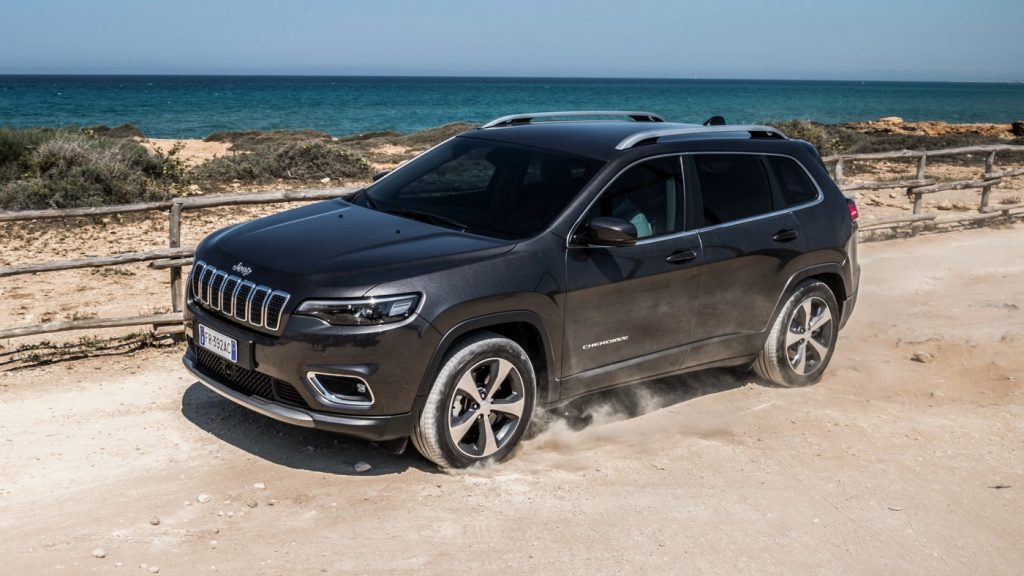
What about those Jeep models?
The Cherokee laid the foundation of how modern Jeeps could be. It worked so well that the Grand Cherokee, released in 1993, became a fancy option rather than a successor. And with that, Jeep eventually saw yet another market niche especially in North America. After all, Land Rovers arrived there at higher prices. That was the beginning of a “parallel” Jeep brand.
The Scrambler and Wrangler preserved Jeep’s old-school image. The new models took the brand to people who would have never considered it before for being too far from urban use. Once that new strategy took over, the existing models got updates that took them further that way. Parallel to that, new ones were released for both groups, like the Compass and the Patriot.
Nowadays, there is no doubt that Jeep has built a strong global presence, and that is owed to its dual image to a big extent. On the other hand, it is possible to see that this growth has affected its image: for example, the current lineup has only Gladiator, Renegade and Wrangler under the old-school guidelines: all the others are creations of the “new Jeep”.
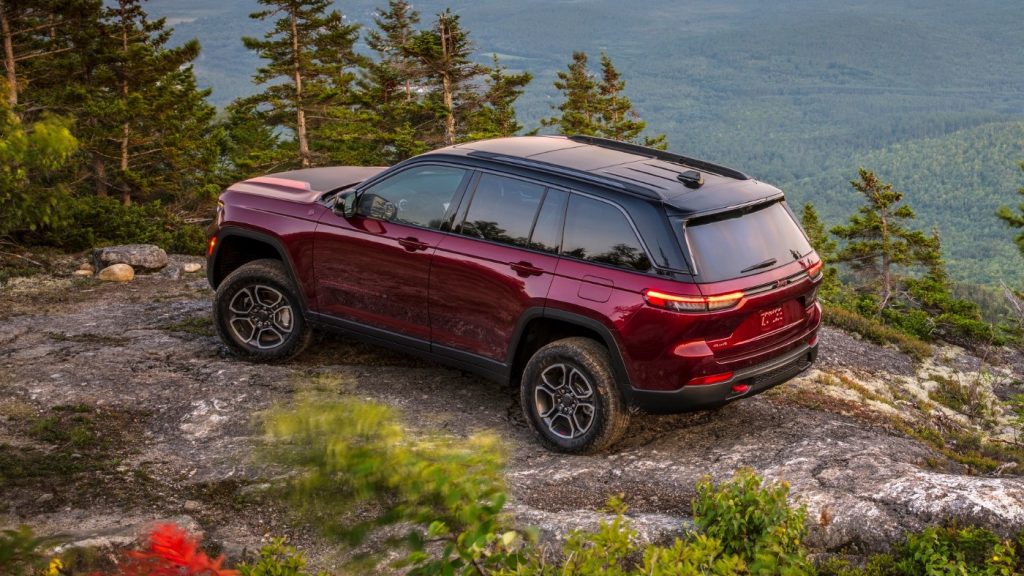
What does that imply for the Jeep brand?
“Commander” used to be a full-size SUV, then became a China-only midsize model with a Grand version and now is the equivalent of a “Grand Compass”. The Cherokee has become an independent model, whereas the latest Grand Cherokee has short and long-wheelbase versions which could have been regular and Grand models. And there are two Wranglers without that distinction.
Such naming confusion only shows that the modus operandi Jeep used back in the 1980s no longer fits its plans and ambitions. Consistency is a fundamental part of any strong brand, so it will have to perform a naming redesign at some point so as to prepare itself for any future models in the making. Infiniti did a similar operation in 2012 and Mercedes-Benz in 2014.
Carefully planning a new naming strategy will make Jeeps easier for people to identify especially now, at a time when the company is going through so many favorable changes. In a few years, its models are expected to no longer belong to an urban or a rugged group, but to converge into a new company which can treat that image duality in deeper, more refined ways.
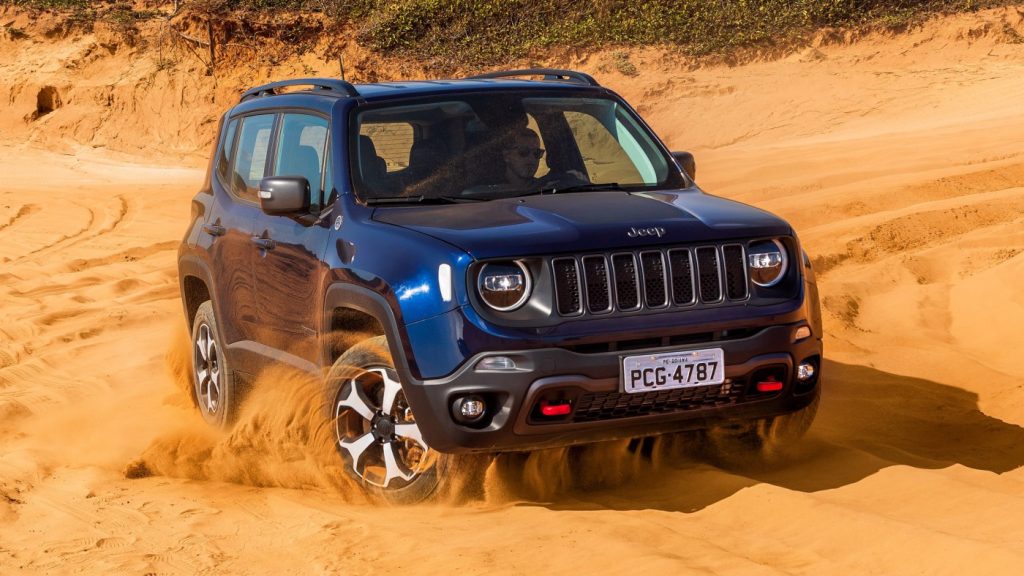
After so much effort and even more struggle, Jeep models have finally left the time of limited resources and operation scope. Do you agree that they deserve a new naming strategy to face the market or should they keep referring to the brand’s history as much as possible? Share your thoughts and opinions on the matter by using the comment button!
Danillo Almeida has explored his passion for cars in two distinct ways. The first one is his graduation course in Mechanical Engineering, which will hopefully lead to a job position in the field. The other one is expressing his knowledge and opinions on the matter through writing. Almeida has already contributed to blogs, stores, and websites in general writing automotive content in many formats.

